Mitigating the impact of multi-mycotoxins in broilers
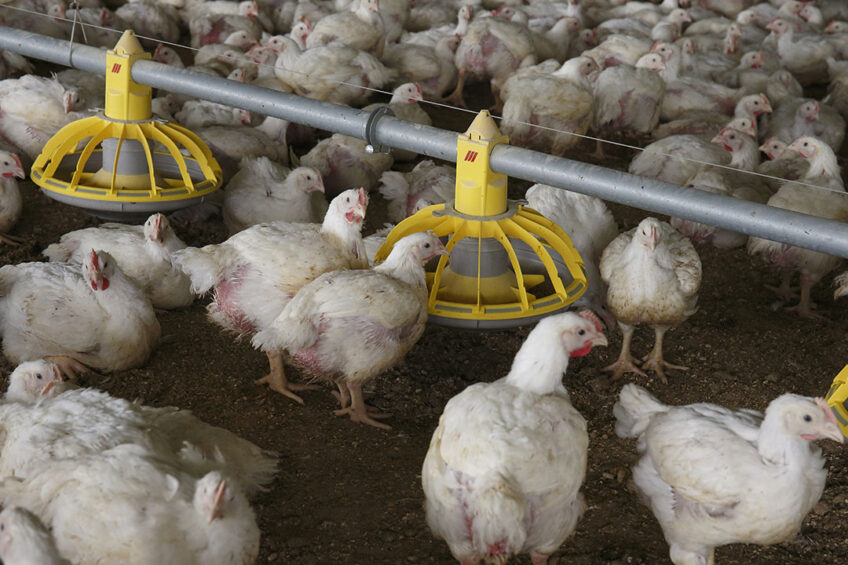
This Editor’s pick is part of our premium content.
You can read the article one month for free as a gift from us. Would you like to read more articles like this? For just €4,- per month, you have unlimited access to all our premium content.
A new study shows the efficacy of a post-biotic yeast cell wall-based blend and a yeast cell wall extract on the gut health of broilers challenged with multiple mycotoxins.
The simultaneous presence of different mycotoxins could result in more intense adverse effects on poultry productivity and health than single mycotoxins. According to the authors of a newly published study in the journal Toxins, little is known about the beneficial effect of post-biotic yeast cell wall-based blend (PYCW) in comparison to the common yeast cell wall extract (YCWE) on the gut health and physiological processes when birds are challenged with multiple mycotoxins.
The study
This study compared the protective effects of a yeast cell wall extract (YCWE) and a post-biotic yeast cell wall-based blend (PYCW) on the adverse impacts of a multi-mycotoxin (combination of deoxynivalenol (DON), T-2 toxin, and zearalenone, ZEA) stress that is matching or below the proposed regulatory guidelines in broilers.
The mitigating effects are evaluated on:
Birds’ performance
Serum biochemistry
Liver function
Immune response
Intestinal villi morphology.
The PYCW is a proprietary blend of postbiotic functional bioactive constituents containing the yeast cell wall of Saccharomyces cerevisiae, organic acids (n-butyric acid), vitamins (ascorbic acid), and essential oils (rosemary extract), while YCWE was mainly composed of yeast cell wall extract of an algal source.
Treatments were as follows:
T1: (Control) non-contaminated diet
T2: unchallenged treatment comprising T1 + YCWE
T3: unchallenged treatment comprising T1 + PYCW
T4: (Toxins) multi-mycotoxin challenge treatment (3.0 mg/kg DON; 2.17 mg/kg 3-acetyldeoxynivalenol; 104 g/kg T-2 toxin; 79 g/kg ZEA)
T5: T4 (Toxins) + 0.2% YCWE
T6: T4 (Toxins) + 0.2% PYCW
Both test articles –YCWE and PYCW – were added in place of maize at an inclusion rate of 2.0 kg/tonne to the control diet to prepare the experimental diet. Diets T2 and T3 are not included in this report, as they had similar results to diet T1.
Growth performance
The study demonstrated that the presence of naturally contaminated dietary Fusarium toxins adversely affects the health and production performance of broiler birds. The inclusion of PYCW and YCWE in the diet at 2.0 kg/tonne (2%) was able to significantly mitigate those effects. The presence of PYCW at 0.2% (w/w) in the diet resulted in a significantly higher BW gain, lower FCR and higher values of production efficiency factor (PEF) of birds compared to the multi-mycotoxin-challenged birds or to birds fed a control diet without contamination (Table 1) This also indicates that supplemented birds had a better health status during mycotoxin exposure, allowing more efficient performance.
Additionally, at an identical inclusion rate, the performance of birds fed the post-biotic blend (PYCW) was greater compared to birds fed the yeast extract (YCWE). These observations suggest the participation of butyric acid, which is present in PYCW, in energy homeostasis and regulation of sugar absorption or improvement of mitochondrial function. In addition, vitamin C has been shown to oxidise fatty acids, yielding energy and is involved in calcium and vitamin D3 metabolism, thus participating in energy homeostasis, the regulation of sugar absorption and the lowering of blood cholesterol levels. The higher values for villus height and ratio (villus height:crypt depth) with supplementation of both YCWE and PYCW supports a higher surface area for nutrient absorption.
Gut health
Previous research has shown that mycotoxin contamination can alter the enterocyte integrity in poultry and can result in poor nutrient utilisation, which in turn may alter long-term health and performance. In this study, the intestinal villus height and ratio (villus height:crypt depth) were lower in birds fed multi-mycotoxin contaminated diet. Such changes can compromise key functions of the GIT, including the reduced surface area available for nutrient absorption, modulation of nutrient transporters, or loss of barrier function as indicated in other studies with Fusarium toxins.
The lack of gut health aberrations in YCWE and PYCW supplemented birds suggested a beneficial mitigation role. The researchers mentioned that butyrate in PYCW can also act as a source of energy for the enterocytes and could affect cell mitosis in the crypts and further protect the mucosal epithelium from injury, alleviating enterohepatic stress and sustaining the intestinal absorptive area by promoting villus growth.
The study also showed higher goblet cell count and short chain fatty acids (SFCA) with the supplementation of the post-biotic blend (PYCW). The goblet cells play a key gate-keeping role and are directly involved in mucin production, forming the glycocalyx coat over the epithelial layer of the intestine that acts as a selective barrier for entero-toxins and bacterial assault, while enabling the transfer of important nutrients, micro- and macro-elements. SCFA are known to improve protein and energy digestibility by reducing microbial competition for nutrients with the host, and as an energy source.
Immune system and liver function
Results of the study indicated that the Fusarium toxins could modulate the immune response and antibody titres against Newcastle disease vaccine, which was counteracted by the addition of PYCW.
Among blood parameters, glucose and cholesterol were significantly higher on day 21 in birds fed the mycotoxin challenge diet, indicating some level of hepatotoxicity. Therefore, it can be inferred that Fusarium mycotoxins present in combinations could alter the liver metabolism leading to changes in circulation and storage of certain blood metabolites.
Generally, an increase in blood enzymatic activities is an indication of hepatic disorders. When challenged birds were supplemented with PYCW and YCWE, liver enzymes (aspartate aminotransferase and alkaline phosphatase) levels were lower and comparable to the control, indicating potential mitigation of the liver toxicity issues observed with the mycotoxin diet.
Conclusion
The combination of Fusarium toxins at levels under the regulatory maximum recommended levels in the feed can still adversely affect a bird’s production performance, immunity, liver function and gut health. The nutritional attributes of a post-biotic yeast cell wall-based blend, and to a lower extent yeast cell wall extract, help mitigate the mycotoxin impact at the inclusion rate of 0.2% in the diet. Thus, the strategic formulation of a post-biotic yeast cell wall-based blend as an extension of yeast cell wall extract could be applied to the diet of broiler chickens to optimise performance when birds are exposed to a naturally contaminated Fusarium mycotoxin challenge.
Join 26,000+ subscribers
Subscribe to our newsletter to stay updated about all the need-to-know content in the feed sector, three times a week. Beheer
Beheer


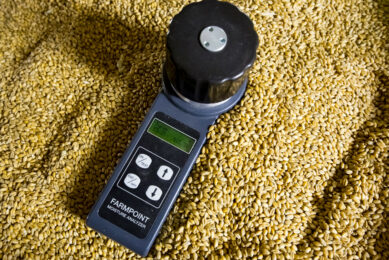
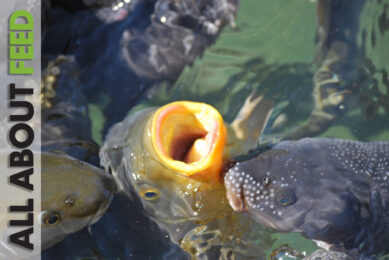
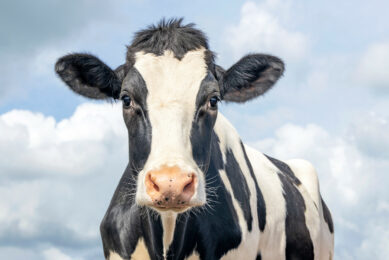
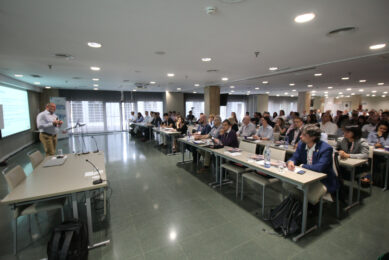





 WP Admin
WP Admin  Bewerk bericht
Bewerk bericht